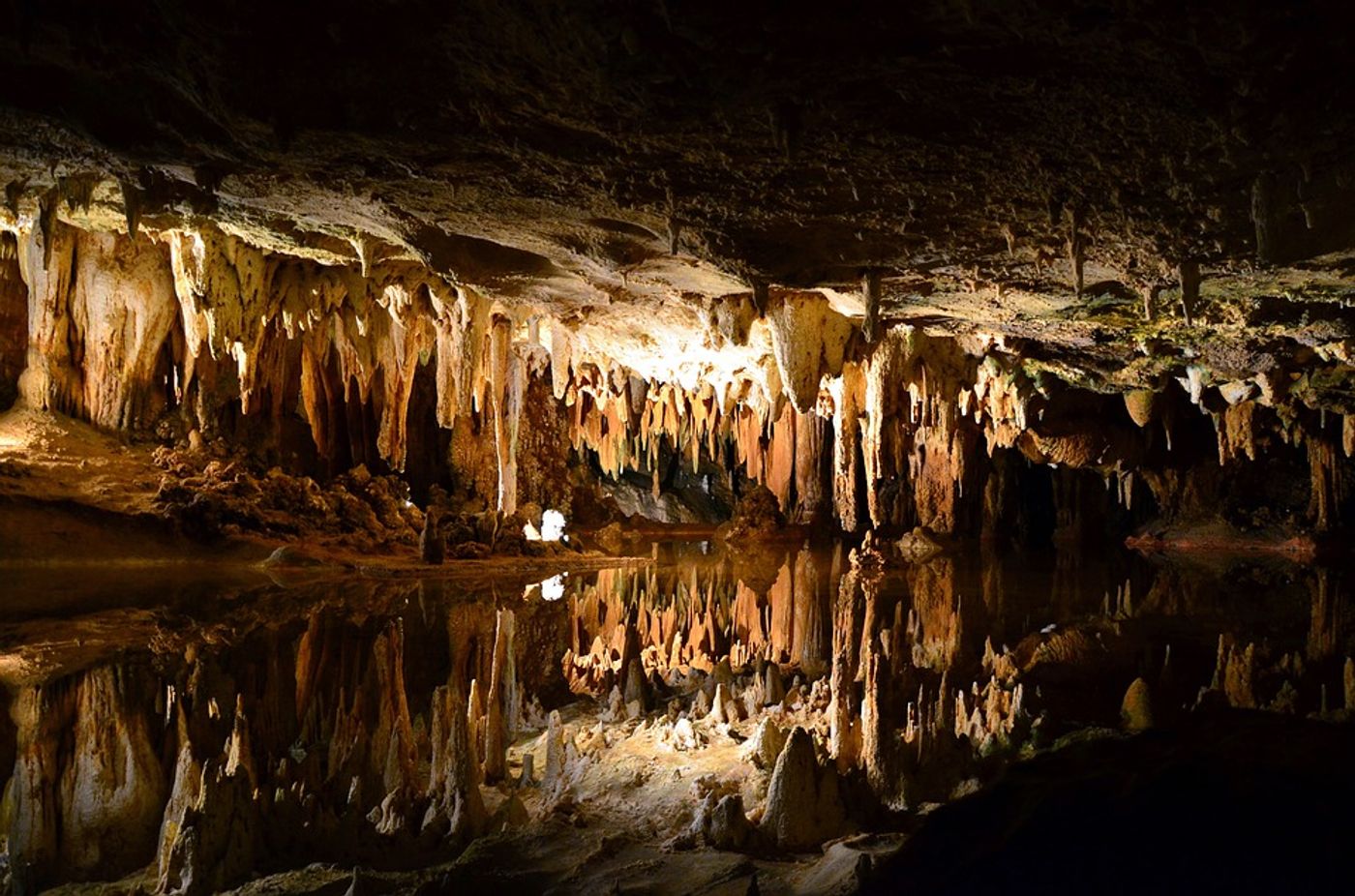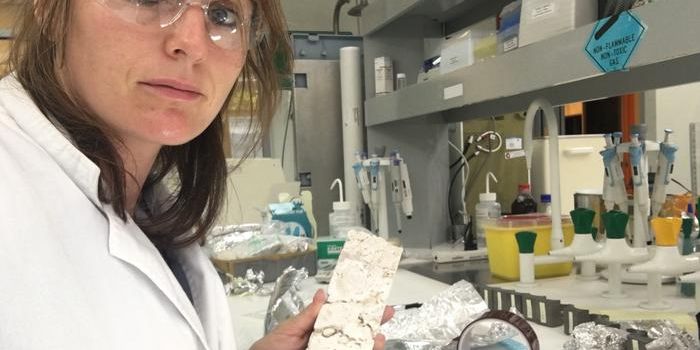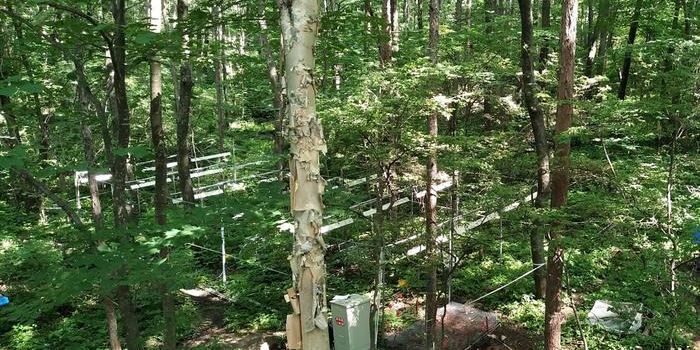Are Australia's caves growing?
Have you ever heard of a speleothem? Even if you haven’t you’ve probably heard of a stalactite or a stalagmite - you know, those structures formed in caves from minerals soaking out of water. Well, new research investigating the speleothems of the Buchan Caves in Australia provides evidence suggesting that these caves in the Eastern Highlands of Victoria are not quite as old as we thought - not at all.
Previous geologic estimates had put the caves and surrounding mountains such as Mount Baw Baw and Mount Buller at 90 million years old - but the new study from the Isotope Geochemistry Group in the School of Earth Sciences at The University of Melbourne reports they may be as young as five million years.
John Engel is one of four scientists who researched the speleothems. Engel and his colleagues collected speleothem sediment from 10 caves in Victoria and used radiometric U-Pb dating to determine their ages.
He says, "At least 250 meters of additional height in the East Victorian Highlands appears to have been gained in the last few million years. Our research shows a clear trend between the oldest speleothem (cave age) and height in the landscape. The data suggests that the Buchan region has been steadily uplifting at a rate of 76 meters every million years, beginning at least 3.5 million years ago and continuing today. This means that some speleothems have been sitting in dark caves undisturbed for 3.5 million years."
As to the geologic forces beneath (quite literally) this growth, we have to bring back our Earth Sciences knowledge of plate tectonics to understand.
"The Australian and Pacific plates share a common boundary and many of the forces involved at this boundary may be propagated into the Australian plate as tectonic stress. Some of this tectonically-induced stress is then released as uplift of the mountains in South East Australia," explains Engel. "This is why East Gippsland may still feel effects related to these tectonic forces. This subtle modification of classical plate tectonic theory can help explain the frequent, small earthquakes observed along South East Australia."
While speleothem chronologies are not a well-explored technique, the authors of the study say it has the potential to complement other methods that measure the geologic record.
"Our research showcases a new -- and rather unique -- method for measuring the uplift of mountains. This technique of using speleothem is likely to also work in other caves across the world for regions with 'recent' tectonic activity, offering geologists great opportunities to share more stories about these impressive and unchanging features of our landscape."
Sources: Geology, Science Daily









